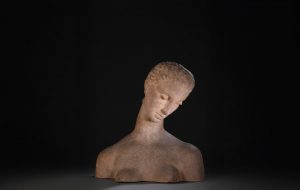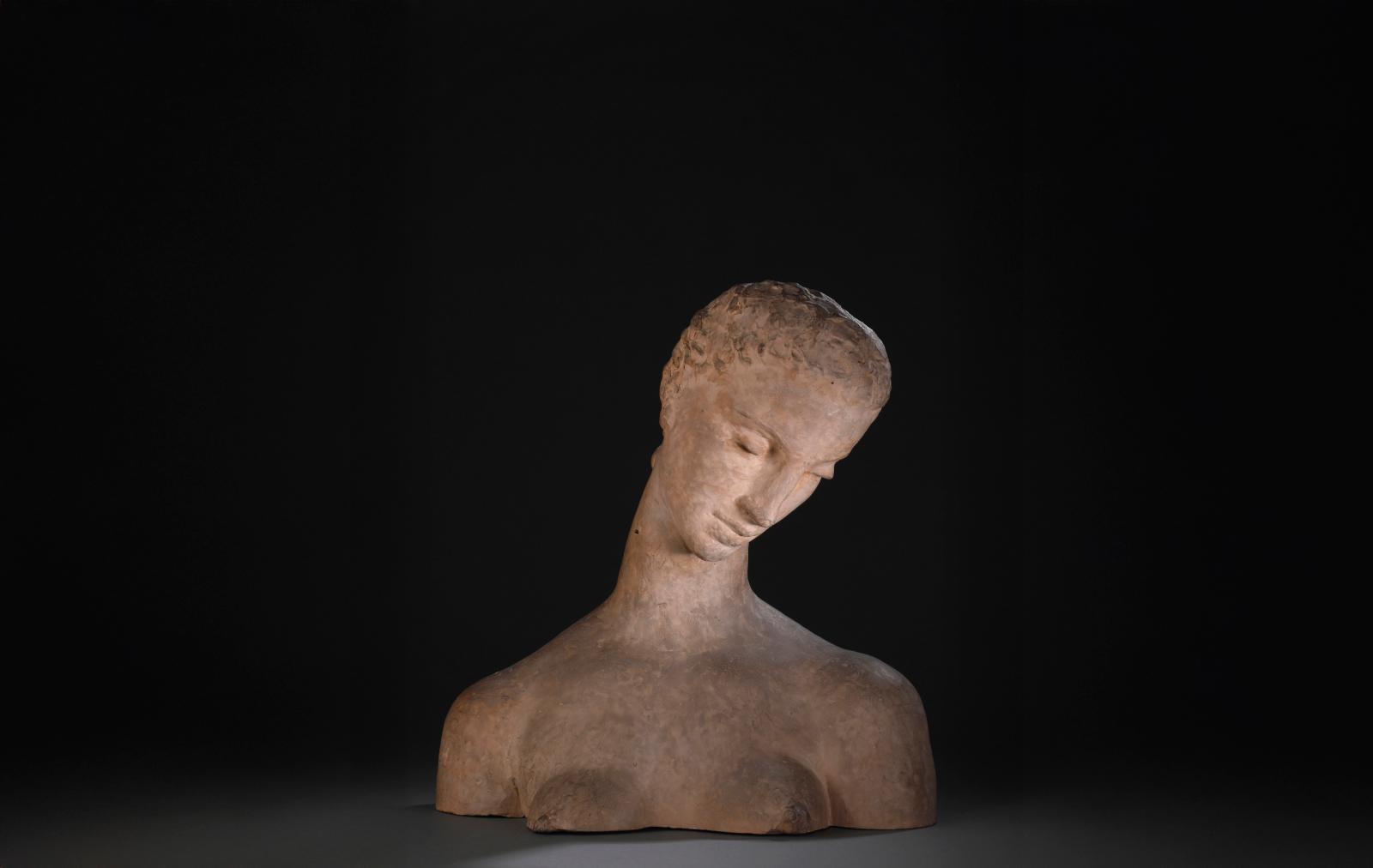Artist to Know: Andrew Clemens
Skinner Brings Bottle of Sand Art from 19th-Century Master Craftsman
Andrew Clemens, a self-taught folk artist, did not live long enough to enjoy fame. His works were executed in sand and contained in small apothecary bottles. Despite their delicate craftsmanship, the mid-19th-century public would have considered them curiosities, not monumental pieces of fine art. To prove their authenticity and to entertain the working-class attendees of dime museums, these pieces of sand art were often smashed to pieces. “It’s a curiously sad story, like an episode in a Dickensian novel,” writes Ken Johnson for The New York Times.
Though Clemens likely created hundreds of sand art pieces in his lifetime, only a few have survived. One of them will come to auction with Skinner this November in a timed online sale. The bidding will close at 7:00 PM EST on November 23rd, 2020. Learn more about Andrew Clemens before the auction ends.

Clemens was born to German and Prussian immigrants who followed a gold rush to McGregor, Iowa. At five years old, Clemens contracted encephalitis. Though he survived the swelling of his brain, the artist lost his hearing and much of his speech. That early illness later brought him to the Iowa Institute for the Education of the Deaf and Dumb.
During his student days, Clemens started to follow his interest in art. His summer vacations were spent exploring the bluffs of the Mississippi River, collecting bits of multicolored sandstone and quartz. Clemens carefully built a palette from the grains of these stones. He found shades of pure white, ochre, red, yellow, blue, and green. Once Clemens got home, the real work began. His first projects involved layering the colored sand in rounded apothecary bottles using simple herringbone or diamond patterns. Gradually, though, Clemens’ skill increased and he took on more ambitious subjects.
Clemens used hand-crafted tools to manipulate the sand. He never secured his works with glue, instead relying on careful packing and pressure to hold all the grains in place. Each bottle was completed upside-down before being permanently sealed.
“One jar of this sand, representing the forty odd colors, weighing twenty pounds, we particularly admired as displaying the skill and ingenuity of the young artist who has arranged the various colors in an attractive, artistic and skillful manner,” the North Iowa Times wrote in 1875. “The young artist was just fourteen days engaged upon this one jar.”

His bottles were painstakingly time-consuming to make, with some requiring over a year of labor. The most intricate bottles had shading and were three-dimensional. As Clemens established himself in the community, he started taking commissions for the sand art bottles. Some customers requested their own names written in elaborate script, while others preferred delicate flower scenes.
The bottles were typically sold for between USD 5 and $7, or around $130 to $180 in today’s money. More than a century after they were produced, the worth of these bottles has increased exponentially. Recent auction estimates typically fall between $20,000 and $30,000. However, the most elaborate pieces far surpass those estimates. Interest in his work began trending upwards with a bottle that reached $72,000 in a 2015 Eldred’s auction. More recently, a custom bottle for Mrs. Eliza B. Lewis sold for $137,500 at Cowan’s Auctions. The hammer price was almost four times the high estimate of $35,000. It sold after 87 competitive bids.

In the upcoming Skinner sale, another surviving glass bottle will be available. Inscribed “From Two Friends” to Dr. Prosper Harvey Ellsworth, the piece features a mortar and pestle on one side with an eagle and 36-star American flag on the other. Affixed to the base is the artist’s signature label: “Pictured Rocks Sand. Put up by A. Clemens, Deaf Mute.” The bottle is offered with an estimate of $50,000 to $75,000, and the current bid is $40,000.
Shortly before his death of tuberculosis at the age of 37, Clemens began receiving recognition. “Our people do not properly appreciate this art. The master doesn’t seem to know its worth nor does he seem to realize his exalted position among the inventors of the world,” a newspaper editor wrote in 1888. Clemens’ art will test a more willing market in 2020, one better prepared to acknowledge his life’s work.
Bidding for the available Clemens bottle will close at 7:00 PM EST on November 23rd, 2020. Find more information and register to bid on the Skinner website.










